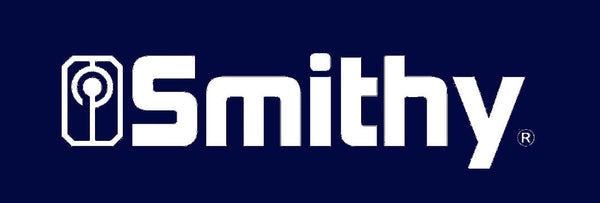|
KNURLING ON THE LATHE Knurling is a process of impressing a diamond shaped or straight line pattern into the surface of a workpiece by using specially shaped hardened metal wheels to improve its appearance and to provide a better gripping surface. Straight knurling is often used to increase the workpiece diameter when a press fit is required between two parts. Holding Devices for Knurling The setup for knurling can be made between centers or mounted in a solid chuck. Never attempt to knurl by holding the work in a rubber or metal collet chuck, since the great pressures of knurling could damage these devices. It is important to support the work while knurling. If mounting the work between centers, make the center holes as large as possible to allow for the strongest hold. If using a chuck to hold the work, use the tailstock center to support the end of the work. If doing a long knurl, use a steady rest to support the work and keep the piece from springing away from the tool. Knurling Tools The knurling tool (Figure 3-10) can be designed differently, but all accomplish the same operation. Two common types of knurling tools are the knuckle joint and revolving head type of knurling tools. The knuckle joint type is equipped with a single pair of rollers that revolve with the work as it is being knurled. The revolving head type of tool is fitted with three pairs of rollers so that the pitch can be changed to a different knurl without having to change the setup. There are two knurl patterns, diamond and straight. |
There are three pitches of rollers, coarse, medium, and tine (Figure 3-91). The diamond is the most common pattern and the medium pitch is used most often. The coarse pitch is used for large-diameter work; the fine pitch is used for small-diameter work. Knurling The knurling operation is started by determining the location and length of the knurl, and then setting the machine for knurling. A slow speed is needed with a medium feed. Commonly, the speed is set to 60 to 80 RPM, while the feed is best from 0.015 to 0.030 inch per revolution of the spindle. The knurling tool must be set in the tool post with the axis of the knurling head at center height and the face of the knurls parallel with the work surface. Check that the rollers move freely and are in good cutting condition; then oil the knurling tool cutting wheels where they contact the workpiece. Bring the cutting wheels (rollers) up to the surface of the work with approximately 1/2 of the face of the roller in contact with the work. If the face of the roller is placed in this manner, the initial pressure that is required to start the knurl will be lessened and the knurl may cut smoother. Apply oil generously over the area to be knurled. Start the lathe while forcing the knurls into the work about 0.010 inch. As the impression starts to form, engage the carriage feed lever (Figure 3-92). Observe the knurl for a few revolutions and shut off the machine. Check to see that the knurl is tracking properly, and that it is not on a "double track" (Figure 3-93). |
||
 |
|||
Figure 3.91 Knurling patterns and pitches.
|
|
Special Knurling Precautions Never stop the carriage while the tool is in contact with the work and the work is still revolving as this will cause wear rings on the work surface (Figure 3-94). Check the operation to ensure that the knurling tool is not forcing the work from the center hole. Keep the work and knurling tool well oiled during the operation. Never allow a brush or rag to come between the rollers and the work or the knurl will be ruined. |


Figure 3-93. Correct and incorrect knurls.
|
Reset the tool if needed; otherwise, move the carriage and tool back to the starting point and lightly bring the tool back into the previously knurled portion. The rollers will align themselves with the knurled impressions. Force the knurling tool into the work to a depth of about 1/64 inch and simultaneously engage the carriage to feed toward the headstock. Observe the knurling action and allow the tool to knurl to within 1/32 inch of the desired end of cut, and disengage the feed. Hand feed to the point where only one-half of the knurling wheel is off the work, change the feed direction toward the tailstock and force the tool deeper into the work. Engage the carriage feed and cut back to the starting point. Stop the lathe and check the knurl for completeness. Never allow the knurling tool to feed entirely off the end of the work, or it could cause damage to the work or lathe centers. The knurl is complete when the diamond shape ( or straight knurl) is fully developed. Excessive knurling after the knurl has formed will wear off the full knurl and ruin the work diameter. Move the tool away from the work as the centers. The knurl is complete when the diamond shape (or work revolves and shut off the lathe. Clean the knurl with a brush and then remove any burrs with a file. |
Figure 3-94. Rings on a knurled surface. |
- Featured
- Best selling
- Alphabetically, A-Z
- Alphabetically, Z-A
- Price, low to high
- Price, high to low
- Date, old to new
- Date, new to old
No products found


